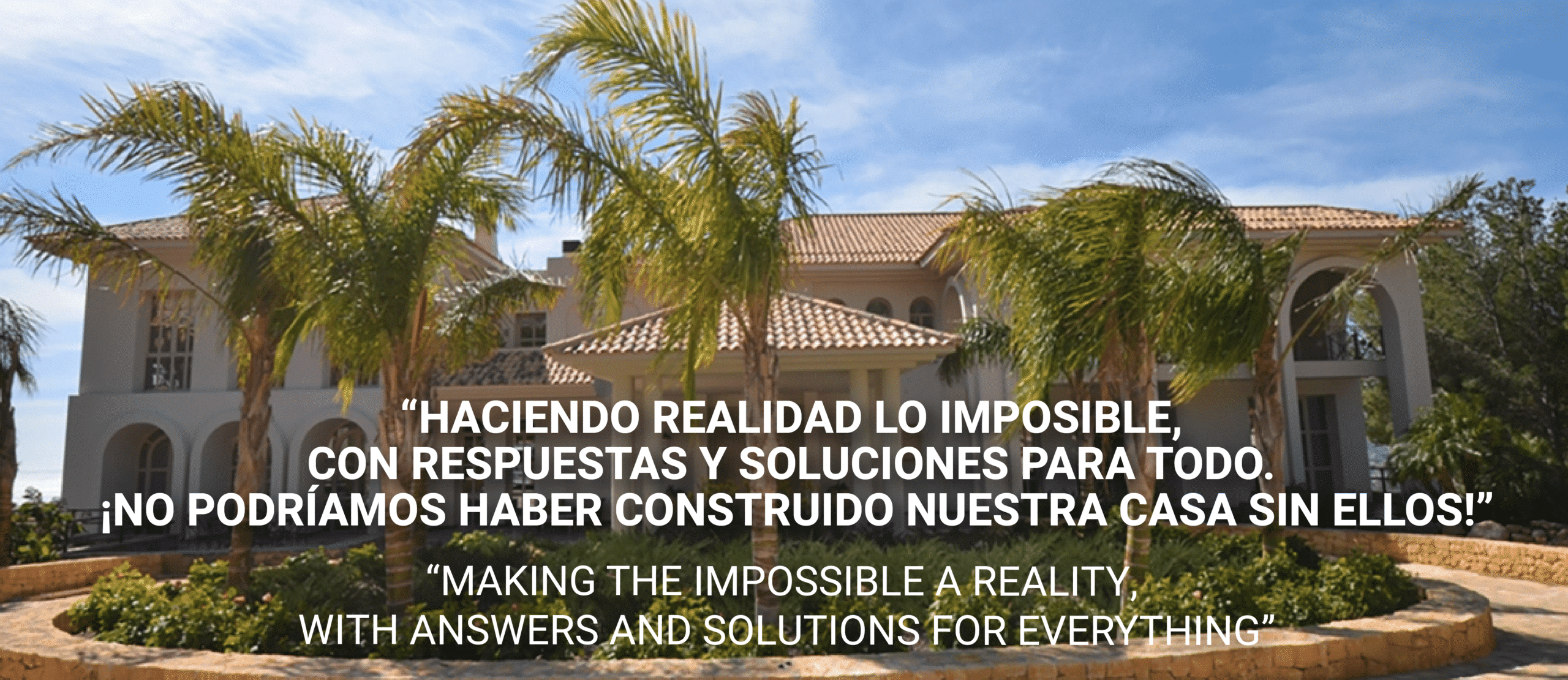Last week was held in Barcelona – Rebuild 2018– the construction event that combines technology, sustainability, industry and design, as the basis of the building of the future. A unique meeting, in which all the “actors” of a sector called to continue energizing/ dynamising our economy converge..
This year’s edition, which has gathered more than 9,000 attendees, with the presence of more than 300 speakers of international stature, has highlighted the importance that hyper connectivity has achieved in the home, even more so with the arrival of the imminent 5G, that will mark a before and after in the connection of household appliances and other household devices to the internet.
In the last three years and after the crisis suffered by the sector, it has received a “breath of fresh air”, with the arrival of new innovative proposals that break with the previous, especially in the field of technology.
The incorporation of intelligent software and domotics, understood as the integration of security systems, communication, energy efficiency and well-being, are already a fact in many of the new buildings that have found in information technology, a way of industrial renewal. In the end, it is a fact that Europe is going to begin to exert some pressure in the Member States, so that the homes to have almost zero consumption.

New solutions
As has been underlined in the different conferences of the event, this new impetus to the sector is not to take the old formulas and apply a technological layer, but, through technology, find new solutions to the challenges that face the building/edification.
The house of the future has been installed in our present and, in that way, we can already talk about Construction 4.0, as per it was underlined in the National Congress of Advanced Architecture and Construction 4.0, held within the framework of Rebuild 2018.
It is no longer simple domotics, we are now referring to an intuitive domotics, to connected windows, to intelligent lighting and air conditioning systems, bathrooms in clear evolution towards wellness and, even, wood with nanotechnology that allows high hydrophobicity (repellent of liquids) or even superhydrophobicity, as well as self-cleaning properties thanks to these nanocomposites.
Technology from the outset
As we have already mentioned on some other occasion, digitization begins to penetrate in the entire life cycle of construction, not only in housing once it is delivered to the client. In this sense, 3D virtual reality, in the sales by plan – is already viable, providing the opportunity for buyers to get an idea closer of what will be their new home.
Similarly, the informatics assists construction professionals, addressing the so-called ‘rapid prototyping’, that is, a manufacturing technique, with which it is possible to build physical models from models designed by computer and, in many cases, reproduced to scale by 3D printing. A technique that also applies to rehabilitation.
Advanced software
And as evidenced in Rebuild 2018, the use of technology will be one of the constructive trends of next year. Gone are those rudimentary software packages for the management of building projects, lacking new features that now exist. Thus, the new systems already offer benefits that cover the construction planning, delivery deadlines, project management, budgets, etc.
As even more innovative, the application of drones seems to be another trend next year. Through these remotely piloted aircrafts it will be possible to improve the control and inspection tasks of high-rise works extraordinarily, being able to detect possible defects in construction, security, etc., through photographs and videos.







Leave A Comment